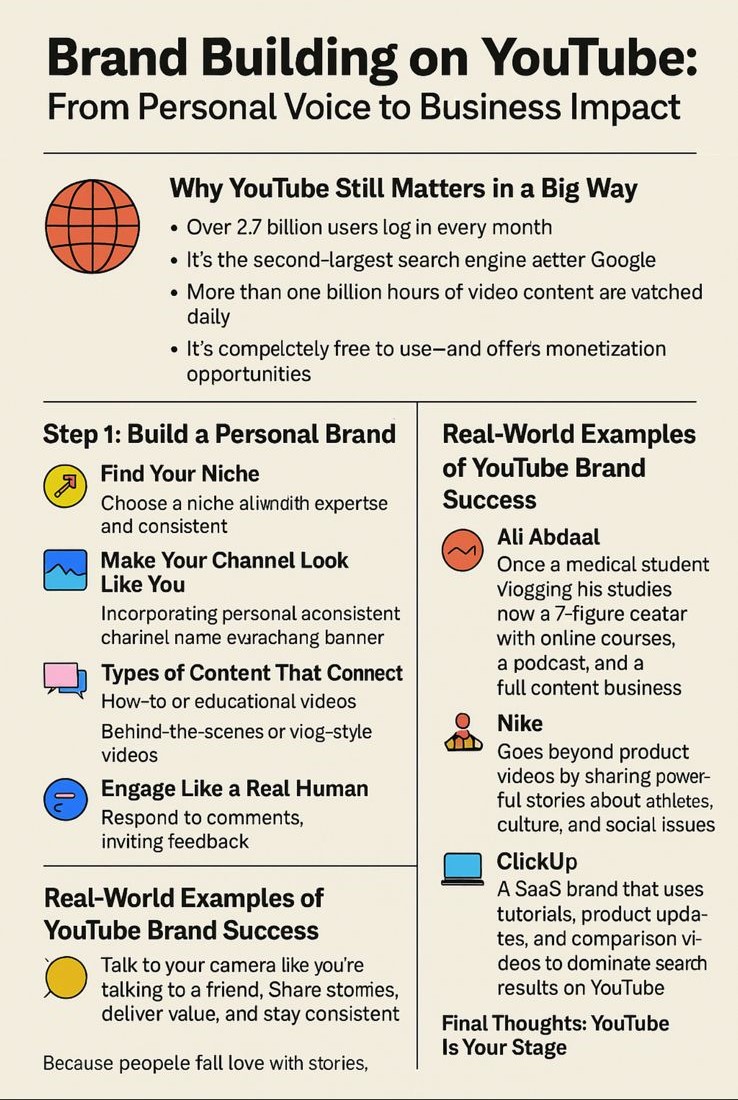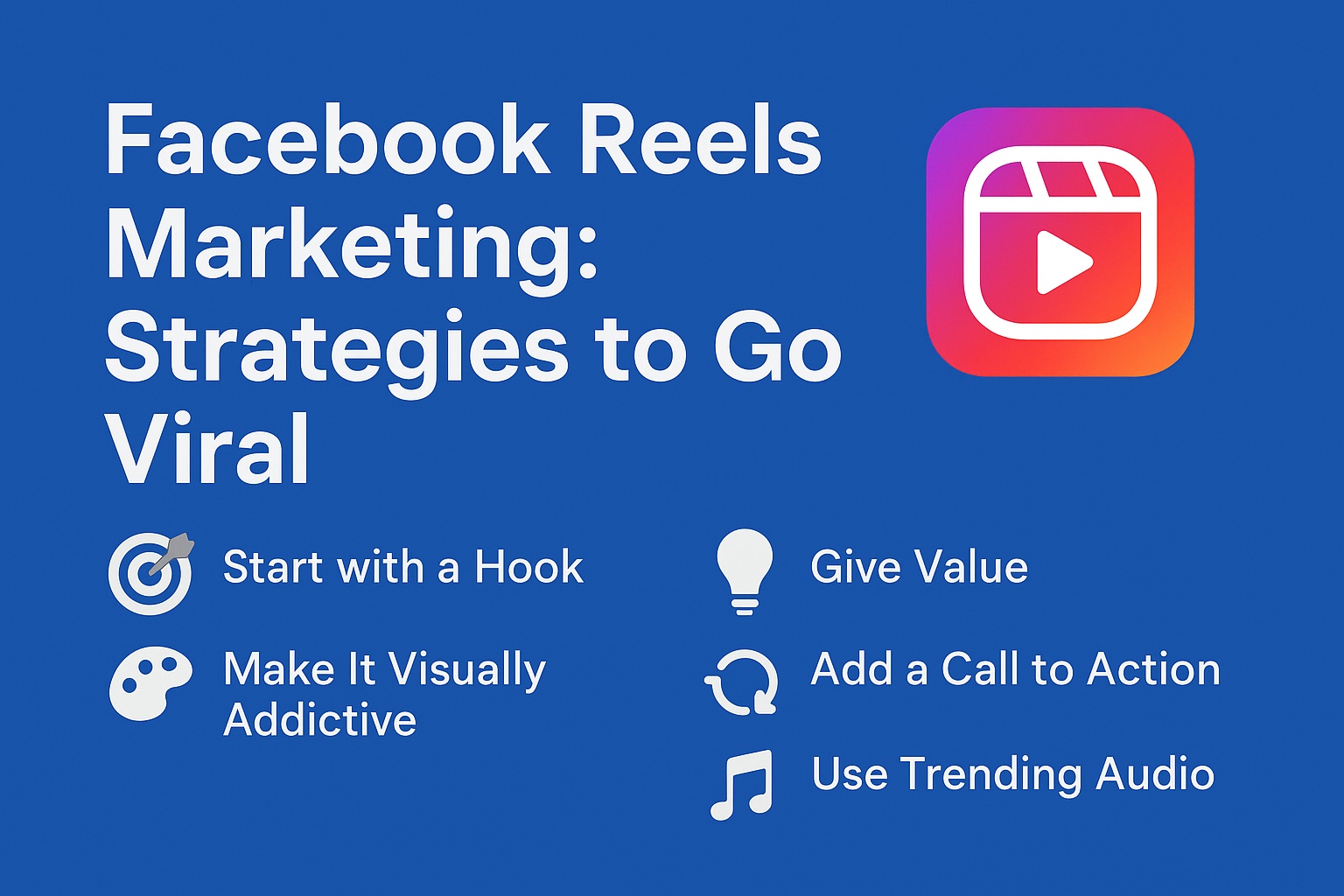In the digital-first world of 2025, e-commerce marketing plays a vital role in driving the success of any online store. As more consumers shop online than ever before, competition among e-commerce businesses continues to rise. To stand out, attract the right customers, and generate consistent sales, a well-planned marketing strategy is essential.
This blog provides a detailed guide to e-commerce marketing—what it is, why it matters, top marketing channels, tools, and the latest trends shaping the future of online selling. Whether you're new to the field or looking to scale your business, this guide will help you gain clarity and take action.
What is E-commerce Marketing?
This form of marketing leverages a variety of channels including:
- Search engine optimization (SEO)
- Affiliate and referral programs
- Email marketing
- Social media promotion
- Paid advertising (PPC)
- Content creation (blogs, videos, guides)
It’s a comprehensive, data-driven approach that combines creativity with analytics to grow an online brand.
Why E-commerce Marketing Is Crucial in 2025
With the global shift to digital shopping, consumers now expect personalized, fast, and seamless buying experiences. Here’s why investing in marketing is no longer optional for online sellers:
1. Boosts Brand Awareness
With so many online stores in every niche, marketing helps you cut through the noise and reach your target audience effectively.
2. Drives High-Quality Traffic
Using targeted campaigns and SEO, you can bring interested users to your site who are more likely to convert into paying customers.
3. Improves Conversion Rates
By using tools like email automation and retargeting ads, businesses can nurture leads and reduce cart abandonment.
4. Builds Customer Loyalty
A well-marketed store doesn’t just sell—it builds trust, engagement, and long-term customer relationships.
5. Supports Long-Term Growth
Consistent and data-backed marketing strategies help build a sustainable revenue stream over time.
Key E-commerce Marketing Strategies
To succeed in the world of e-commerce, a combination of strategies is required. Let’s explore the most effective ones:
1. Search Engine Optimization (SEO)
SEO is the foundation of organic traffic. It helps your store rank higher on search engines like Google, making it easier for potential customers to find your products.
Tips for E-commerce SEO:
- Optimize product titles, descriptions, and images with relevant keywords.
- Use schema markup for better visibility in search results.
- Build backlinks through blogs, guest posts, and press releases.
- Ensure your website is mobile-friendly and loads quickly.
2. Social Media Marketing
Social platforms are perfect for brand storytelling, customer engagement, and showcasing products through visuals and videos.
Best Practices:
- Post consistently across Instagram, Facebook, and TikTok.
- Use reels, live videos, and carousel posts to increase interaction.
- Run targeted ad campaigns to reach specific demographics.
- Enable in-platform shopping features for direct purchases.
3. Email Marketing
Email is a powerful tool for nurturing leads and maintaining customer relationships.
Effective Campaign Types:
- Welcome emails with a special discount
- Abandoned cart emails to recover lost sales.
- Product recommendations based on previous purchases.
- Holiday or seasonal sales alerts.
Pro Tip: Use segmentation and automation to personalize each message.
4. Content Marketing
Creating valuable content helps educate your audience and guide them through the buyer journey.
Examples:
- Blog posts on product comparisons and buying guides.
- Video tutorials or product unboxing.
- Customer stories or case studies.
- Downloadable resources like eBooks or checklists.
This strategy not only builds authority but also supports SEO.
5. Pay-Per-Click (PPC) Advertising
PPC gives your products instant visibility on search engines and social media.
Top Platforms:
- Google Ads (Search, Display, and Shopping campaigns)
- Facebook and Instagram Ads
- YouTube Video Ads
Pinterest Ads (great for visual products)
Tips:
- Use remarketing to target users who visited but didn’t buy.
- Run A/B tests to optimize ad performance.
- Monitor return on ad spend (ROAS) regularly.
6. Influencer and Affiliate Marketing
Collaborating with influencers or affiliate partners can extend your reach and boost credibility.
Benefits:
- Tap into niche communities and followers.
- Leverage the trust influencers have built with their audience.
- Only pay commissions when a sale is made (performance-based).
Choose influencers whose values align with your brand and who can genuinely promote your products.
7. User-Generated Content (UGC) & Reviews
Customer reviews and social content created by users help build trust and improve conversions.
How to Encourage UGC:
- Offer incentives for customers to leave reviews.
- Run hashtag campaigns for photo contests.
- Feature user content on your website or social pages.
Emerging Trends in E-commerce Marketing (2025 Edition)
To stay competitive, businesses must adapt to the latest shifts in consumer behavior and technology. Here are some trends to watch:
1. AI-Driven Personalization
AI and machine learning allow businesses to analyze user data and deliver tailored shopping experiences—product suggestions, dynamic pricing, and predictive analytics.
2. Voice Search Optimization
With smart devices on the rise, optimizing your content for voice queries like “best budget smartphone online” can help drive more traffic.
3. Video Commerce and Livestream Shopping
Live selling via platforms like Instagram Live, YouTube, and Amazon Live is growing rapidly. It combines entertainment with real-time shopping.
4. Sustainable and Ethical Marketing
Consumers in 2025 are more conscious of sustainability. Brands that communicate their eco-friendly efforts attract loyal, socially aware buyers.
5. Omnichannel Integration
Customers expect a seamless experience across multiple platforms—mobile, desktop, social media, and even offline stores. Integrated CRM and unified messaging improve consistency.
Common Mistakes to Avoid in E-commerce Marketing
Even with great tools and content, some mistakes can limit your results:
- Neglecting mobile optimization
- Ignoring cart abandonment strategies
- Overusing generic messages in emails
- Not tracking campaign performance
- Using low-quality visuals
- Skipping A/B testing and experimentation
Success in e-commerce marketing comes from consistent improvement and adaptation.
Measuring Your Success: Key Metrics
To evaluate your efforts, focus on the following metrics:
- Conversion Rate – Percentage of visitors who make a purchase.
- Customer Acquisition Cost (CAC) – Total spend to acquire a new customer.
- Average Order Value (AOV) – How much each customer spends per order.
- Return on Ad Spend (ROAS) – Revenue generated from advertising efforts.
- Customer Lifetime Value (CLV) – The long-term value a customer brings.
- Email Open and Click Rates – Measures engagement from your campaigns.
Analyzing these KPIs helps refine your approach and maximize ROI.
Conclusion
E-commerce marketing is the engine behind successful online businesses. With the right blend of strategies—from SEO and social media to AI-driven personalization and content marketing—you can attract more customers, boost conversions, and build a powerful brand presence in 2025 and beyond.
Whether you’re launching a new store or optimizing an existing one, remember that marketing is a journey. Stay updated with trends, experiment with new tools, and keep your customer experience at the heart of everything you do.





